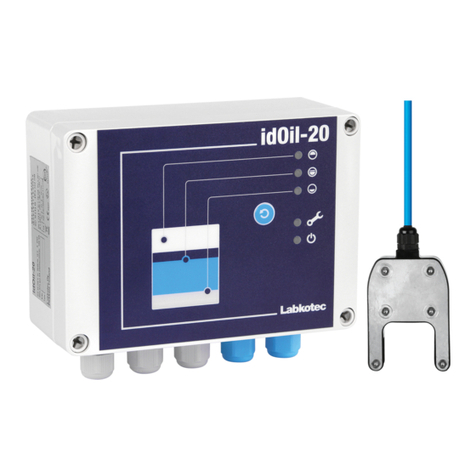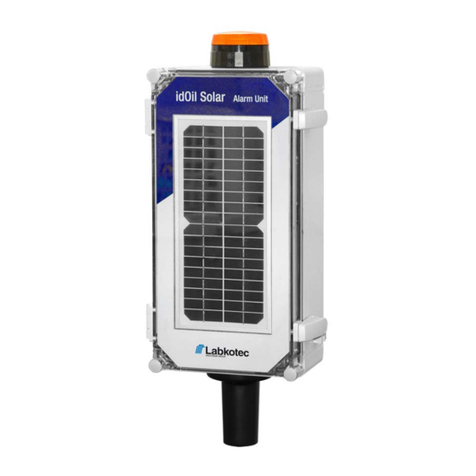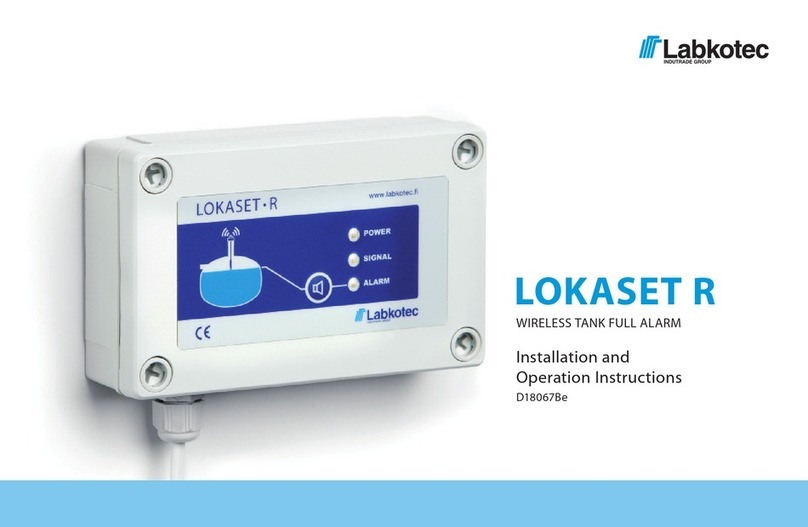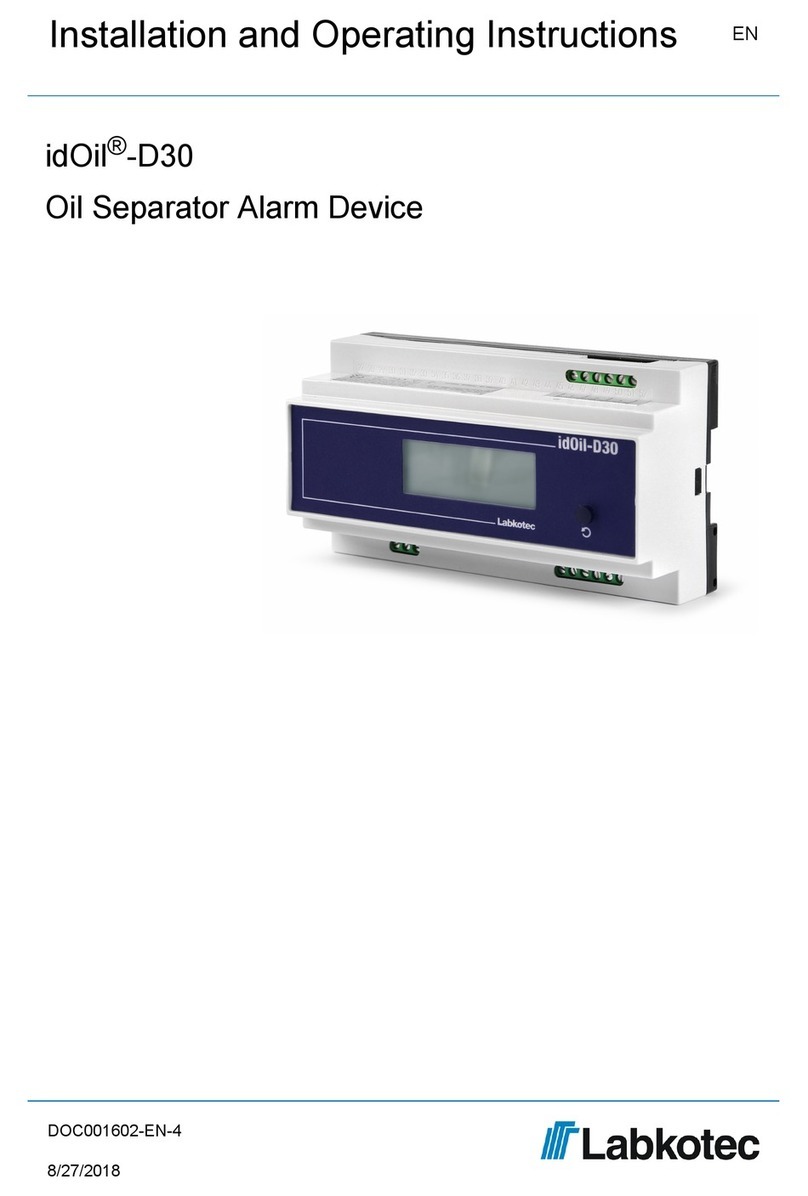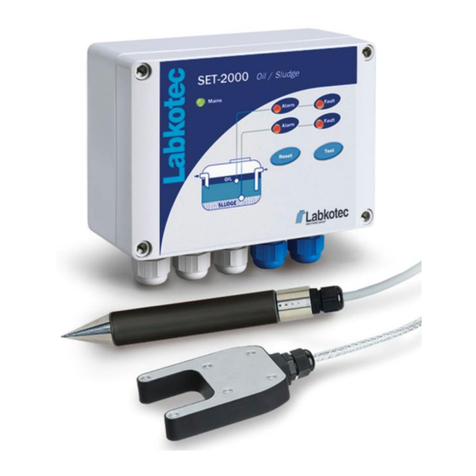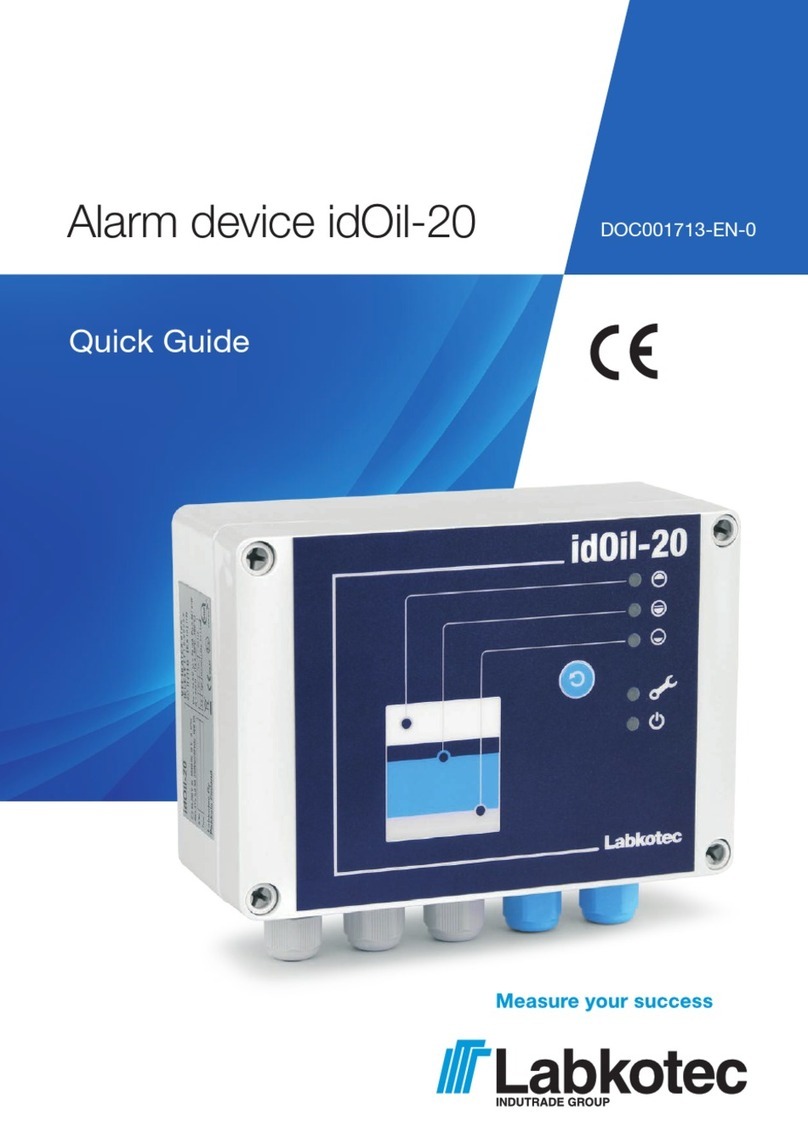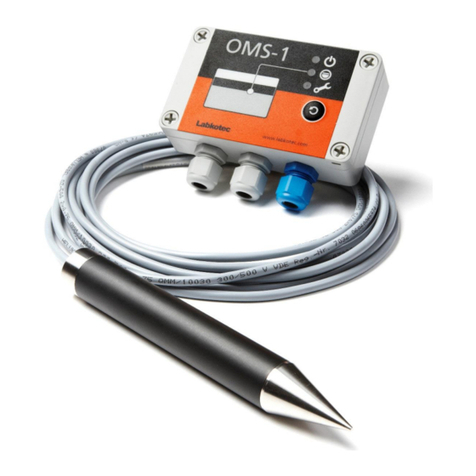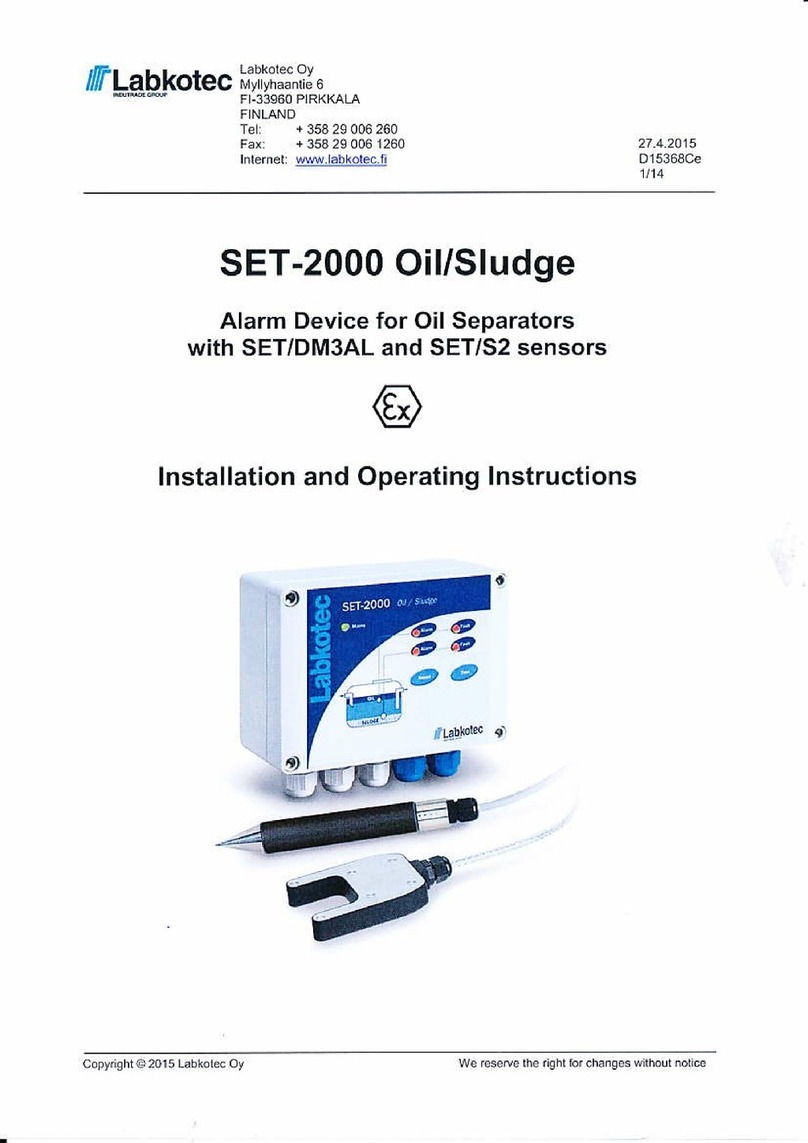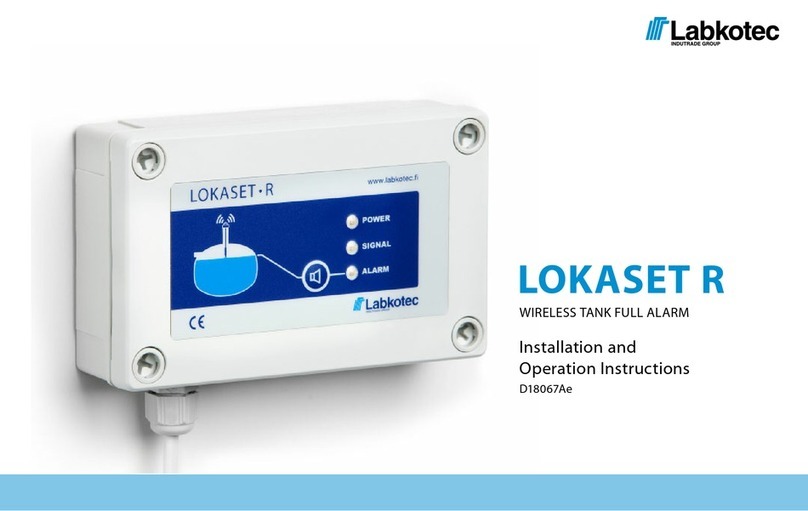2. Introduction
This manual describes how to operate the idOil-30 3G and idOil-30 Battery 3G units by
means of text messages.
Matters related to aspects such as the installation, connection, commissioning and electrical
safety of the device are described in the actual installation and user instructions.
2.1. Product operation
The device contains a 3G modem, which enables text messages to be sent over the cellular
network between the user and the device. The following functions are possible.
The user can change the unit settings.
The user can request information on the settings, measurements and alarms from the
device.
The device sends the measurement and alarm data to either the users or the LabkoNet®
server at times specified by the user.
The text messages and their more specific structure are described later in this manual.
Figure 1. Messages between the user and the idOil unit
One message sent by the idOil unit can contain a maximum of 160 characters. If a
message exceeds the 160 character limit, idOil will send it in multiple parts. The beginning
of each message indicates how many messages are impending and which one of them the
current message is. For example 1/2 (first message) and 2/2 (second message).
2.2. idOil and LabkoNet
The idOil unit can be connected to the web-based LabkoNet® monitoring system. In
comparison to a cellular connection, the benefits of the LabkoNet® system include
continuous connection monitoring, storage of alarm data and visual representation.
The device sends the alarm or measurement data received from the measurement point to
the LabkoNet® server. The server receives the data and stores them in a database from
which they can later be accessed for reporting purposes, for example.
At the same time, the server examines data sent by each sensor as well as any possible
instances of upper or lower alarm limits being triggered. If it detects any violations, it sends
the alarm data to the predefined email addresses as email messages and to mobile
numbers as text messages.
Numerical and graphical representations of all the information on the target can be viewed
online at https://www.labkonet.com with the end user’s credentials via a regular web
browser.
In order to activate the LabkoNet® service, please contact Labkotec Oy’s customer service
